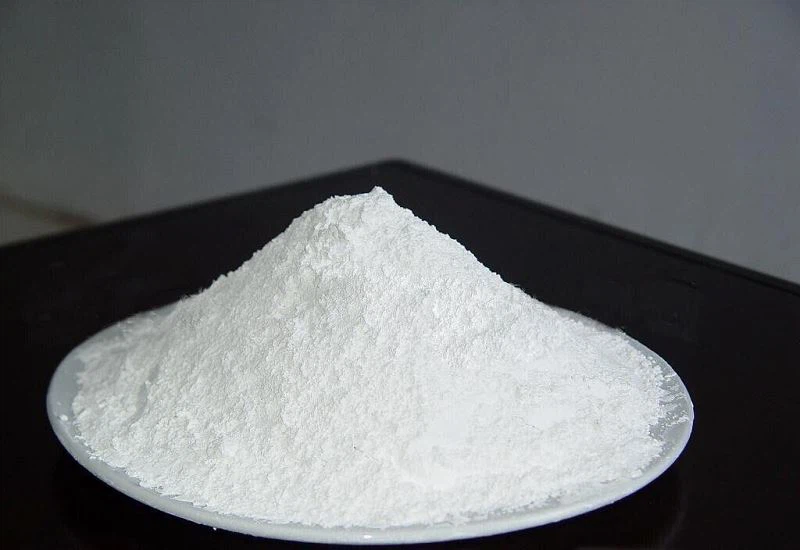SDS-modified barium sulfate for cosmetic use

Cosmetic opacifiers are key ingredients for achieving effects such as concealing blemishes and brightening skin; their dispersibility and stability directly affect product performance and shelf life.
Barium sulfate is widely used in cosmetics due to its high refractive index, good opacity, and chemical stability. However, its tendency to agglomerate limits its application in cosmetics.
This study investigates the dispersibility and stability of barium sulfate in cosmetic matrices by preparing ultrafine barium sulfate using ball milling, and optimizing surface modification and dispersion processes.
1. Modification Methods
(1) Pretreatment of Barium Sulfate
Industrial-grade barium sulfate was dried and sieved through a 200-mesh screen in batches. For each batch, 100g of barium sulfate was mixed with 0.5g of stearic acid on a two-roll mill for 3 min. The rolls were then adjusted to the minimum gap and passed through 6 times, followed by a final pass with a 2mm gap, completing the initial mixing. The mixed barium sulfate was dried at 80°C for 4h to obtain the pretreated product.
(2) Surface Modification
Using 100 parts of the base formulation, different proportions of the pretreated barium sulfate were added and subjected to surface modification at 60°C. During modification, 1.5 parts of sodium dodecyl sulfate were added, and the mixture was thoroughly mixed. The rolls were adjusted to the minimum gap and passed through 6 times before being flattened, yielding the modified barium sulfate.
(3) Preparation of Dispersion
The modified barium sulfate was dispersed into the base formulation at different ratios using a combination of mechanical stirring and ultrasonic dispersion. Specifically, a certain amount of modified barium sulfate was weighed, added to deionized water, and ultrasonically dispersed for 10 min. The base formulation was then slowly added under stirring, and the mixture was stirred for another 30 min.
2. Optimal Modification Process and Performance Evaluation
(1) Optimal Modification Process
Through systematic research, the optimal process conditions were determined: Industrial-grade barium sulfate was sieved through a 200-mesh screen and dried at 60°C for 4h. Sodium dodecyl sulfate was used as the surface modifier at 1.5% of the barium sulfate weight, and the modification was performed at 60°C for 2h. In the dispersion process, the barium sulfate content was controlled at 15%–20%, the dispersion temperature at 60°C, the dispersion time at 15 min, and the system pH maintained at 8.0–8.5. A combination of mechanical stirring and ultrasonic dispersion was used.
Under these conditions, the resulting dispersion system exhibited the following characteristics: a uniform particle size distribution with a main particle size of 0.8–1.2 μm; good dispersant stability with no significant sedimentation within 7 days; and excellent coverage with a uniform and continuous film.
(2) Application Evaluation in Cosmetics
The prepared barium sulfate dispersion was evaluated in cosmetic formulations: Adding 15% of the modified barium sulfate dispersion to a foundation cream resulted in good coverage and a pleasant user experience, with good compatibility with the base matrix and no phase separation.
Adding 20% of the dispersion to a concealer formulation significantly improved coverage, maintained good stability, and provided a natural and long-lasting effect.
The application evaluation results demonstrate that the barium sulfate dispersion prepared using the optimized process exhibits excellent performance in cosmetic applications. ALPA specializes in ultrafine grinding and classification to maximize your product’s value. Specializing in ultrafine grinding and classification of Barite.
